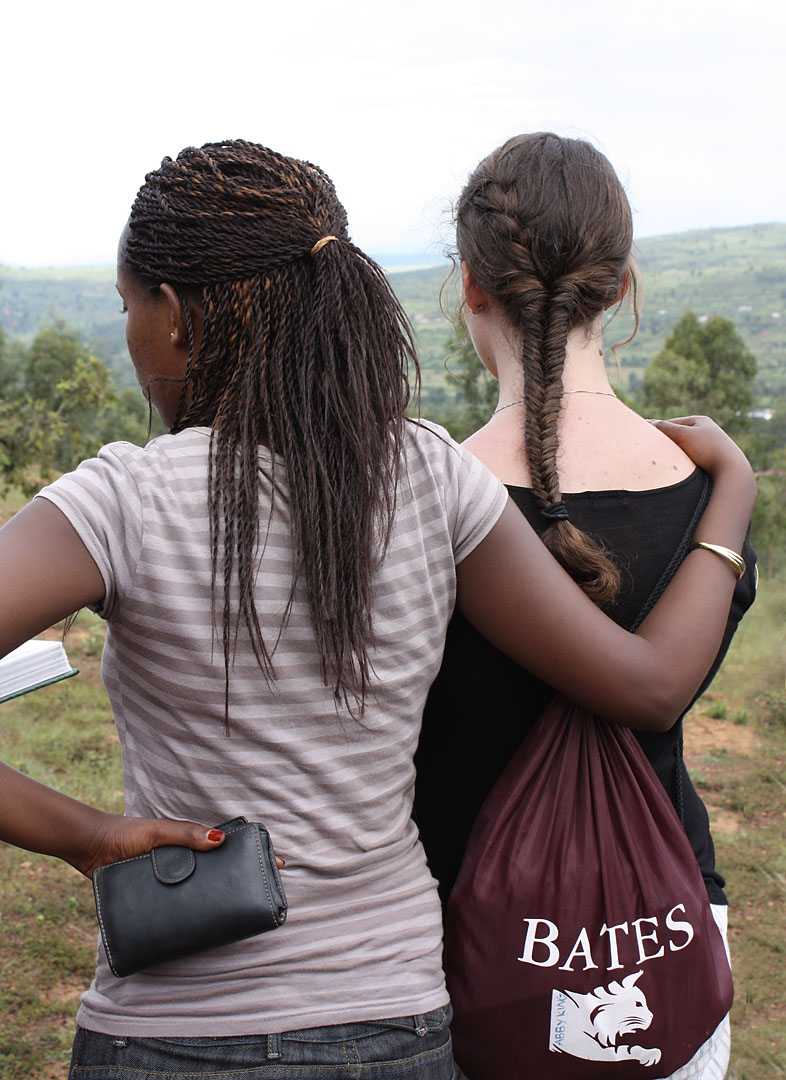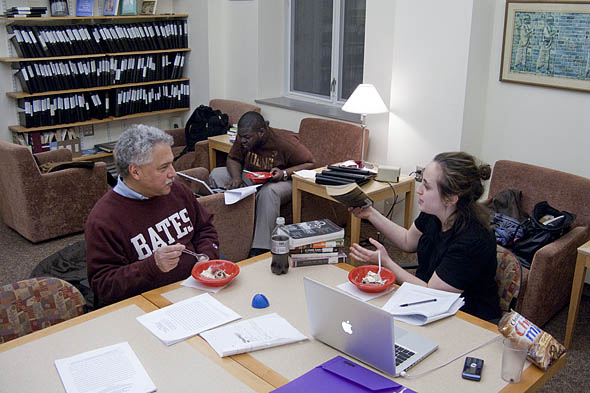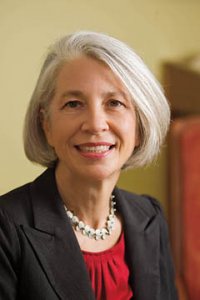
Bates Matters: Traditions and Facilities
How a tradition of learning inside, outside, and around the classroom influences Bates facilities growth
By President Elaine Tuttle Hansen
The unstaged photograph below shows history professor Hilmar Jensen and his honors thesis advisees, Ariela Silberstein ’10 and Anthony Phillips ’10, enjoying late-night ice cream in their Pettengill Hall history lounge amidst the implements of their academic trade — computers, texts, a cell phone, Diet Coke, and some Chex Mix.
Through the photo, we feel the energetic blend of old tools and new approaches. We appreciate the complex process that fuels the scholar’s mind and body, and the way that academic work connects to external sources and destinations across space and time.
The sight of Bates learners and teachers in dialogue is familiar to us, yet it captures an intentional educational ideal — one that privileges a rich mix of study and interaction — 155 years in the making here at Bates.
 While reputed to be utterly demanding, Bates’ earliest professors welcomed students to their homes (sometimes by necessity, for those who didn’t have campus offices) with a style that George Millet Chase, son of President Chase, once described as relentlessly “simple and informal.”
While reputed to be utterly demanding, Bates’ earliest professors welcomed students to their homes (sometimes by necessity, for those who didn’t have campus offices) with a style that George Millet Chase, son of President Chase, once described as relentlessly “simple and informal.”
As they guided each new generation of students, the earliest faculty also seemed to embrace the concept of a changing world. It was said of philosopher, theologian, and botanist Benjamin Francis Hayes that his “doctrine never petrified.”
Quaint as such language sounds today, that approach — meet students where they are, then carefully push them further than they imagined possible — is still alive and formative.
Take the renovation and expansion of Hedge and Roger Williams halls, for example. By fall 2011, each will offer thoughtful juxtapositions and intersections of classrooms, lounges, offices, and common spaces where students and faculty will meet formally and informally. Inside, outside, and around the classroom, they will learn with and from each other.
Moreover, the denizens of our newest academic buildings reflect our long resistance to fragmentation and factionalization.
Hedge will house the religious studies and philosophy departments as well as the environmental studies program — and we’re not yet tired of joking about a building that embraces “heaven and earth” on just three floors. In doing so, Hedge brings together the Western academy’s oldest disciplines with one of the newest, future-oriented, and global “interdisciplines,” an arrangement that embodies an important theme of liberal arts colleges in the 21st century.
Whereas the earliest colleges and universities trained clerics in religion and philosophy in order to save our eternal souls, today these institutions promote research and problem-solving — by humanists, artists, social scientists, and natural scientists — who work across traditional boundaries to improve life on this endangered planet.
Meanwhile, the Bill welcomes our non-English-language study programs as well as the technology-rich Language Resource Center and the Off-Campus Study Office. Among our peers, only Bates has gathered under one roof the programs that teach and practice the cross-cultural competence that our students and our world need today.
The faculty and students working within the Bill will, in effect, extend the reach of Bates as they learn to transcend some of the boundaries that divide and endanger us. They will look outward through multiple cultural lenses and use, quite literally, different words to describe, understand, and design solutions for the world’s common problems.
Like the initiatives outlined in our academic plan, “Choices for Bates,” our facilities improvements will continue to encourage learners and teachers to cross paths, challenge boundaries, and connect and collaborate.
And this brings us back to the deceptively casual scene of a professor and his students, 155 years in the making.



